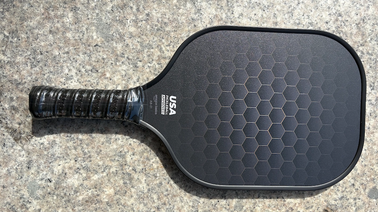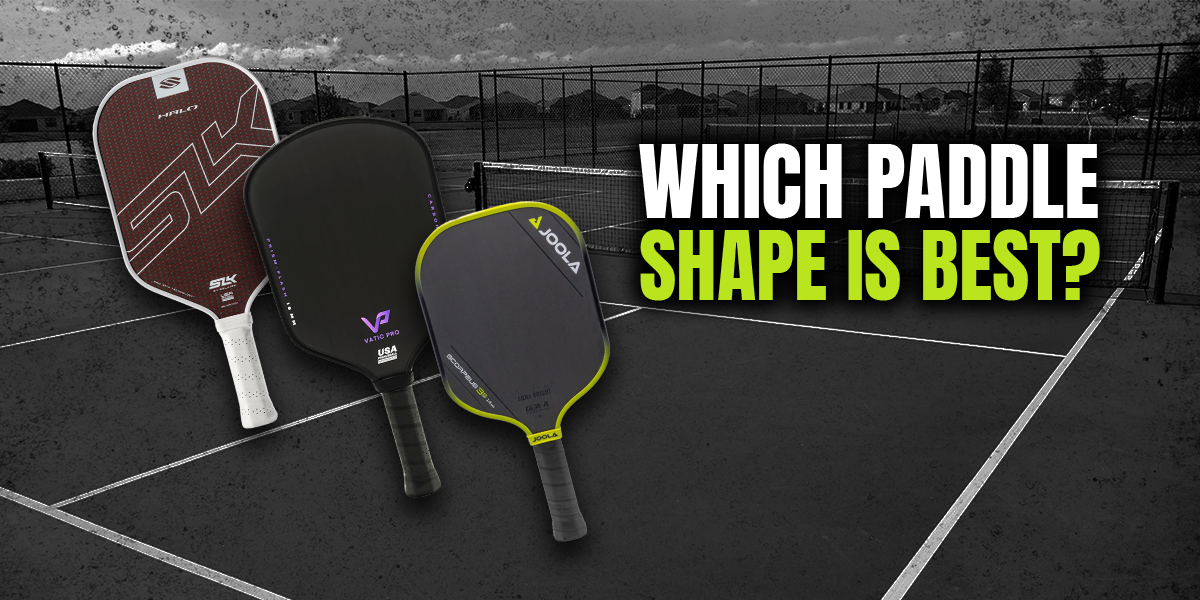
Paddle Shapes Explained and What 14mm & 16mm Really Mean | Pickleball Effect
I published my first pickleball paddle review in November 2020 and have been consistently reviewing paddles ever since.
Over the years, I’ve received many questions about paddles as I’ve helped people find the best one for them. Here are two of the most common questions I get.
Question #1: What’s the Best Paddle Shape?
A paddle’s shape consists of its length and width and plays a significant role in how a paddle performs.
Paddle regulation rules state that a paddle cannot exceed a total of 24” when you combine the length and width, and the total length cannot exceed 17” (including the handle).
Within these guidelines, three primary shapes have emerged. These three shapes are:
The difference in shape among all three options may not seem significant; after all they are all within half an inch of each other.
But, these small changes in length and width make a massive difference in performance.
Here’s a short summary of the pros and cons of each shape:
Elongated
This shape offers more reach and power at the expense of a smaller sweet spot from side to side. Elongated paddles are also naturally more head heavy than the other two which increases plowthrough and gives paddles a solid feel but is slower in fast hand exchanges. (ex. JOOLA Perseus & Engage MX)
Hybrid Paddle
The hybrid shape serves as a middle ground between the elongated and standard shapes. It provides a balance between reach, maneuverability, and forgiveness, offering players a versatile option that combines aspects of both paddle shapes (ex. 6.0 Double Black Diamond, Vatic Pro Prism Flash).
Standard Paddle
This shape provides less reach and power but offers a bigger sweet spot, particularly from side to side. Standard-shaped paddles are also naturally more head light and easier to maneuver but don’t have as much plowthrough as the other two shapes (ex. JOOLA Scorpeus 3S, Selkirk Vanguard Control Epic).
Note: Plowthrough is defined as the paddle's ability to push through the ball and maintain stability through impact rather than the ball pushing the paddle around at impact.
Basically, when you hit through a ball, and it feels like you got "all of it," that's plowthrough.
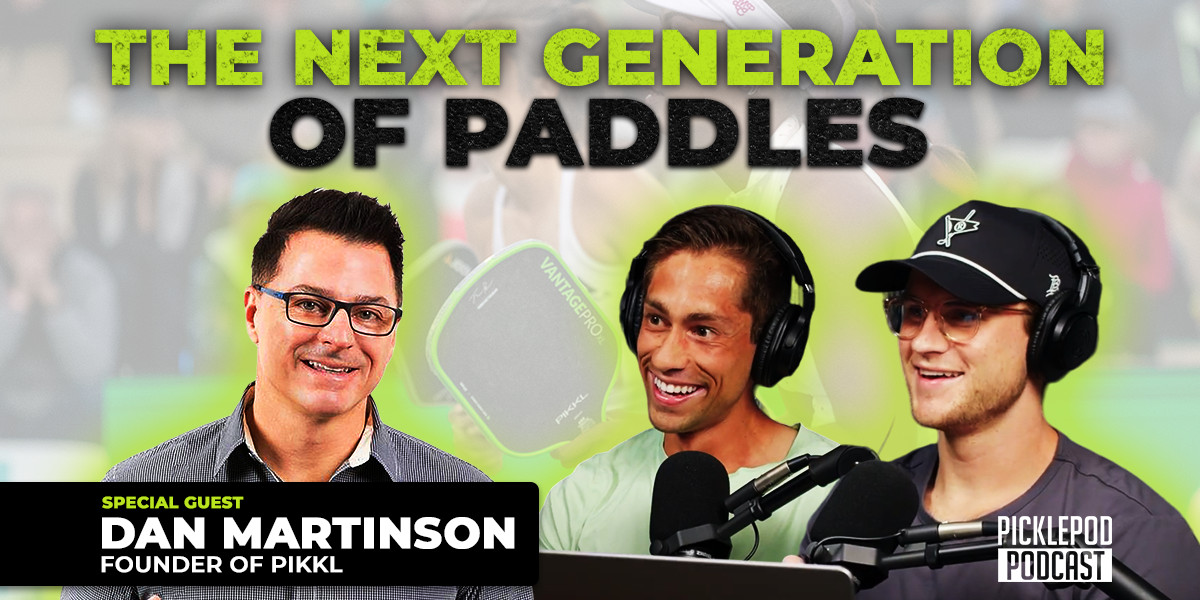
Which to choose
Hybrid and standard-shaped paddles are more player-friendly because they are more forgiving on mishits and are less head-heavy than elongated paddles.
However, more advanced-level players often opt for elongated shapes to help them cover more of the court, reach into the kitchen, and generate more power.
Ultimately, the choice of paddle shape depends on an individual’s playing style, preferences, and skill level. Whether your focus is on reach or forgiveness, understanding the unique benefits and trade-offs of each shape can assist you in selecting the paddle that best suits your game.
You can explore paddles by shape in my paddle database here. If viewed on a desktop you can filter them by shape.
Question #2: What’s the Difference Between a 14mm and 16mm Paddle?
You’ll often see paddles offered in two thickness options: 14mm and 16mm.
While there are other thickness options available (10, 11, or even something weird like 14.3), these are the most common, so I’ll focus on them because the principles for thinner and thicker paddles can be applied to other thicknesses you may come across.
Keep in mind that while these principles are generally true, there are edge cases where they might not apply as concretely, so it’s important to read reviews.
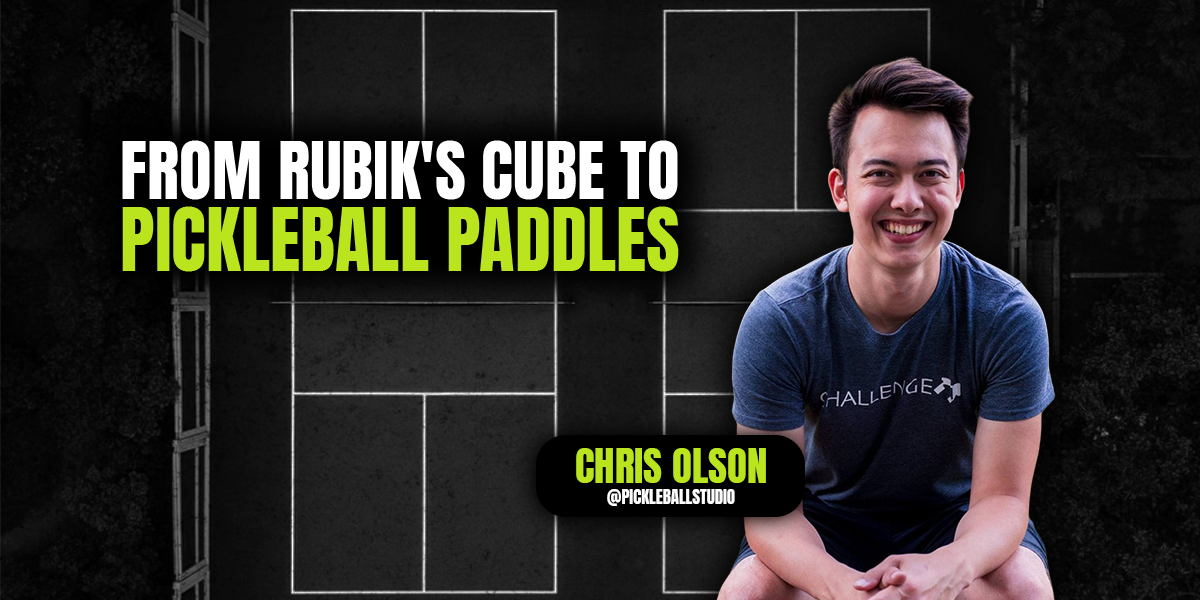
16mm Paddles
Thicker core paddles like these typically offer more power from the baseline and more control at the net.
They are less maneuverable compared to 14mm paddles but are more stable and forgiving. This option is the most common because of the added stability and larger sweet spots, making them easier to play with.
14mm Paddles
Thinner core paddles offer less power from the baseline but more pop at the net on counters and volleys.
They are more maneuverable but less forgiving and stable. Thinner core paddles aren’t as popular among amateurs because they have smaller sweet spots; however, you'll see them more at the pro level and in higher-level play because of the added pop they provide at the net to help finish points.
The added pop gives you more finishing power, but it also makes it harder to control and take pace off the ball when necessary.
For more detailed information on this topic, you can check out my article about this here.
Final Thoughts
There is no single paddle that is right for everyone, but there is likely one that is right for you.
Finding it can be a (fun) journey as you test and try different configurations.
I hope the answers to these two common questions help you better understand paddles to find the best paddle for your game. If you have other questions, you can always message me on Instagram.
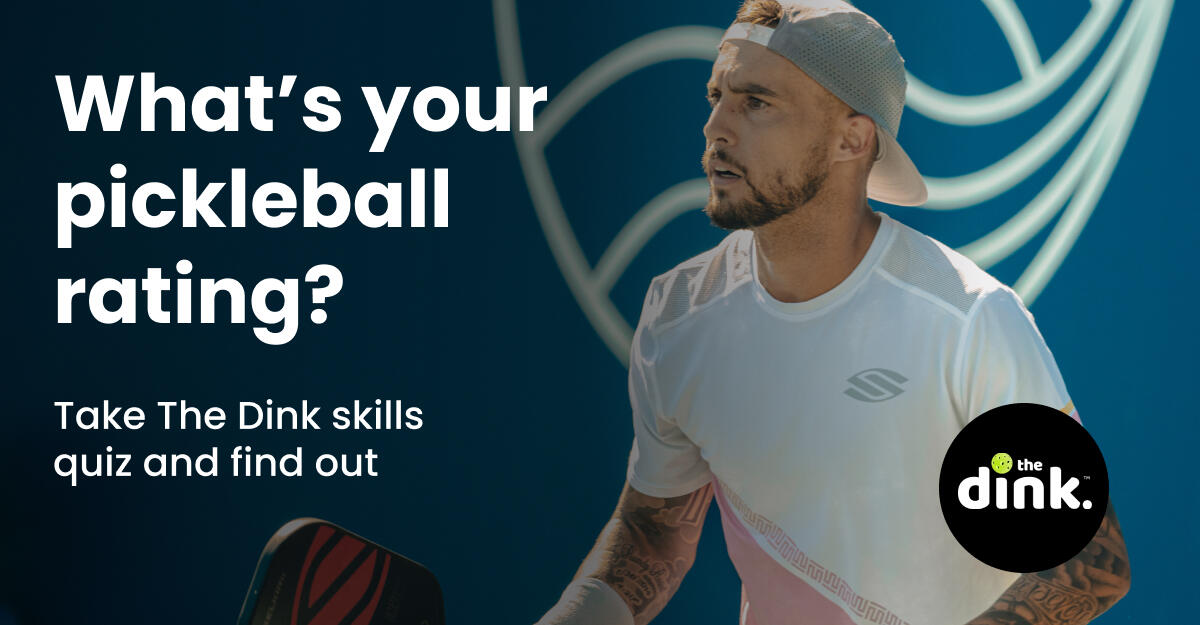

Love Pickleball? Join 100k+ readers for free weekly tips, news & gear deals.
Subscribe to The DinkGet 15% off pickleball gear at Midwest Raquet Sports










